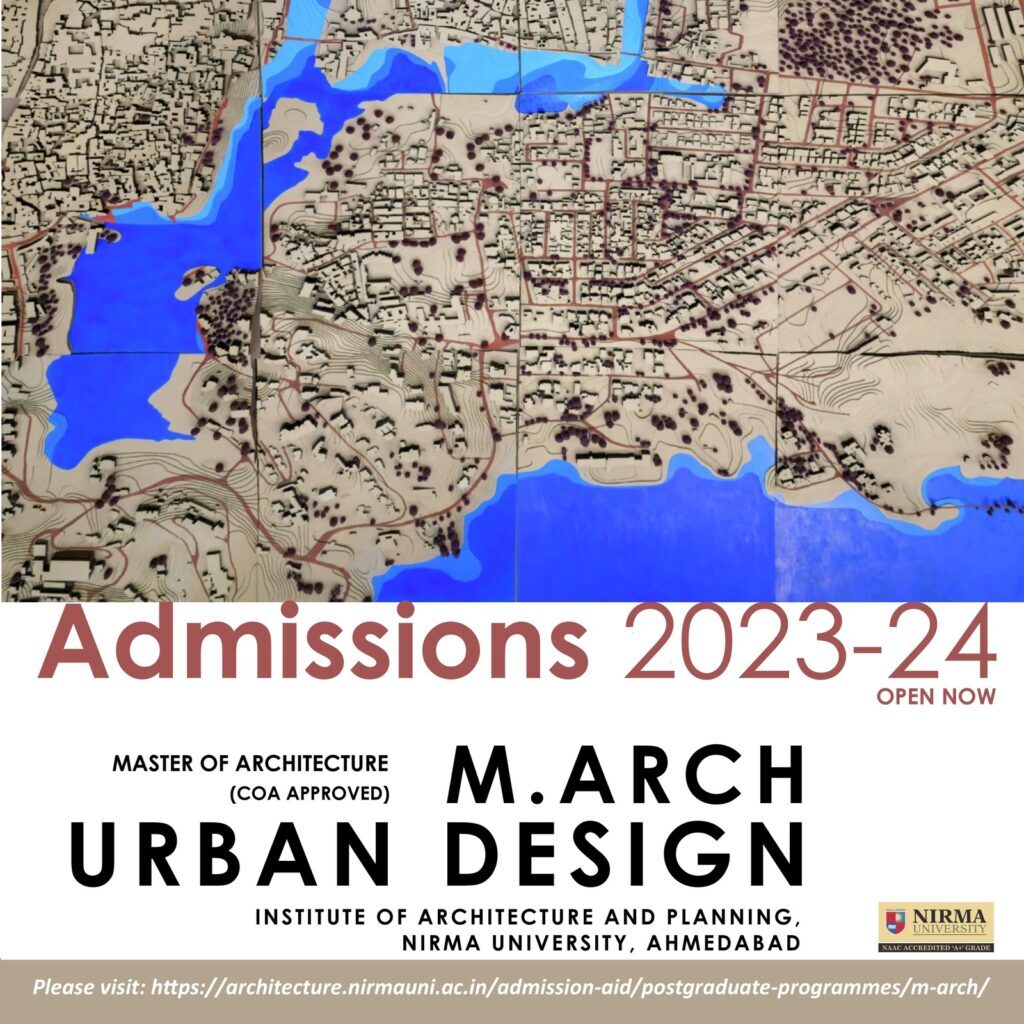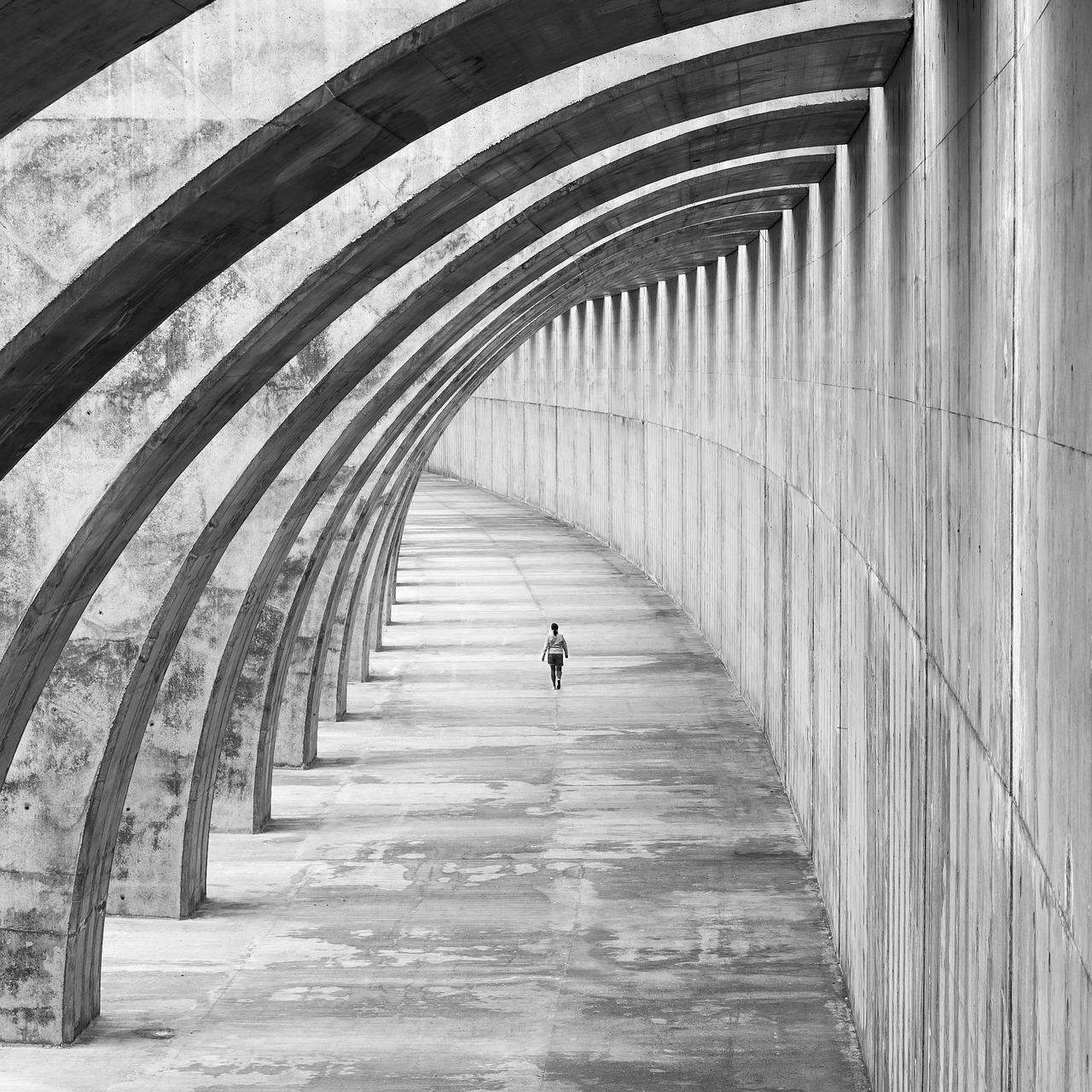In today’s rapidly urbanizing world, the importance of well-designed cities cannot be overstated. Urban design is a multidisciplinary field that combines elements of architecture, landscape architecture, planning, and public policy to shape the physical and social fabric of urban environments. If you have a passion for creating beautiful and functional cities that enhance the quality of life for their residents, pursuing a Master’s degree in Urban Design in India can provide you with the knowledge and skills necessary to make a significant impact in this field.
The Significance of Urban Design: Urban design focuses on the visual and spatial aspects of urban areas, including the arrangement of buildings, public spaces, transportation systems, and natural elements. It aims to create cities that are not only aesthetically pleasing but also functional, sustainable, and responsive to the needs of their inhabitants. By incorporating principles of urban design, cities can become more livable, inclusive, and vibrant.

Key aspects of urban design include:
- Aesthetics and Identity: Urban design contributes to the creation of unique identities for cities through architectural styles, public art, and distinctive landmarks, fostering a sense of pride and belonging among residents.
- Public Spaces: Designing well-planned public spaces such as parks, plazas, and pedestrian-friendly streets encourages social interaction, community engagement, and overall well-being.
- Connectivity and Mobility: Urban design focuses on creating efficient transportation networks that prioritize pedestrians, cyclists, and public transit, reducing reliance on private vehicles and improving accessibility.
- Sustainable Development: Integrating sustainable design principles in urban areas, such as green infrastructure, energy-efficient buildings, and climate-responsive design, helps mitigate environmental impacts and supports resilience.
- Historic Preservation: Urban design plays a vital role in preserving and revitalizing historic areas, maintaining their cultural significance while accommodating modern needs.
Master’s Programs in Urban Design in India
Several universities and institutes in India offer Master’s programs in Urban Design, providing comprehensive education and training to aspiring urban designers. These programs equip students with the necessary theoretical foundations, design skills, and practical experience to address complex urban design challenges. Here are some renowned institutions offering urban design programs in India:
- School of Planning and Architecture, Delhi: Offers a Master’s program in Urban Design.
- Centre for Environmental Planning and Technology (CEPT) University, Ahmedabad: Provides a Master of Urban Design program.
- School of Planning and Architecture, Bhopal: Offers a Master of Urban Design program.
- Indian Institute of Technology (IIT) Kharagpur: Provides a Master’s program in Urban Design.
- School of Planning and Architecture, Vijayawada: Offers a Master of Urban Design program.
- Institute of Architecture, Nirma University: Offers a Masters in Architecture – Urban Design
M. Arch in Urban Design Admission Criteria:
Admission to Master’s programs in Urban Design typically requires a Bachelor’s degree in architecture, planning, or a related field. The admission process often involves a combination of entrance exams, interviews, and portfolio assessments. Some universities may also consider academic performance, work experience, and statement of purpose during the selection process.
To enhance your chances of admission, consider the following:
- Research Programs: Explore different universities and their course offerings to find programs that align with your interests and career goals.
- Entrance Exam Preparation: Familiarize yourself with the entrance exams required for admission, such as the Graduate Aptitude Test in Engineering (GATE) or university-specific exams, and prepare accordingly.
- Build a Strong Portfolio: Showcase your design skills, creativity, and any relevant urban design projects or internships in your portfolio to demonstrate your passion and abilities.
- Statement of Purpose: Craft a compelling statement of purpose that articulates your motivation, goals, and how the program aligns with your aspirations
Conclusion:
Urban Design plays a crucial role in shaping the cities of the future, ensuring they are sustainable, inclusive, and resilient. Join M. Arch in Urban Design for a successful career ahead




